Gas heavy-duty trucks endure, R8’s 602-hp send-off, Ford’s Bronco software tune

Gas-powered heavy-duty pickups are sticking around
Intake: The world may feel like it is rushing towards all-electric vehicles at a frenzied pace, but Detroit’s Big Three aren’t quite ready to ditch the dino-juice entirely. Heavy-duty pickups, which represent a cash-cow segment for Chevy, Ford, and Ram, will still be powered by internal combustion engines for quite some time, according to a report from Automotive News. Ford says it gets more revenue per year from Super Duty sales than many Fortune 500 companies generate in the same time frame. Customer interest isn’t flagging for this specialized tool. “If you’re puling 10,000 pounds, an electric truck is not the right solution. And 95 percent of our customers tow more than 10,000 pounds,” said Ford’s CEO Jim Farley at the reveal event last week for its heavily updated 2023 F-Series Super Duty pickup. Todd Eckert, Ford’s truck group marketing manager, doubled down on Farley’s sentiments in comments to Automotive News, saying that the buyers of heavy-duty trucks—miners, ranchers, construction companies, utility workers, and the like—haven’t shown much interest in EVs. Rather, they’re most interested in what can get the job done the best. Right now, that’s still gasoline- or diesel-powered engines. “Our intent is to play both sides of the business as long as we need to, giving customers choice,” said Scott Bell, Chevy’s vice president, during a media briefing last week. “We see this segment as maybe one of the last to hang onto ICE.”
Exhaust: Each of the Big Three either does or will soon offer an all-electric light-duty pickup, but the decision to keep the heavy-duty workhorses running on gas or diesel still comes as no surprise. Towing craters even the best EV’s range. Hauling large loads—like those that would necessitate the beefed-up running gear of an HD pickup—will have similarly adverse effects. This both-sides approach seems like the smartest way forward for all three automakers: You get to keep the money faucet flowing for enterprise-wide investment, and your customers can still buy the types of vehicles they actually want. Imagine that! — Nathan Petroelje
Audi’s 602-hp send-off R8 boasts gobs of aero and only two driven wheels
Intake: Audi is building just 333 examples of its final R8 GT RWD as it bids adieu to the V-10 engine. It’s quite the swansong, with the 5.2-liter naturally-aspirated motor uprated to 602 horsepower, making it the most powerful rear-driven Audi ever. Drive goes through a new seven-speed dual-clutch transmission that sports revised gear ratios. The added horsepower, increased torque (405 lb-ft in the regular R8 RWD vs. 413 lb-ft here), and the revised gear ratios will help rocket this last call R8 to 62 mph in 3.4 seconds, 124 mph in 10.1 seconds, and on to a 199-mph top speed. There’s a new Torque Rear driving mode that lets drivers set their own level of Electronic Stability Control from the steering wheel. Seven different slippage settings are programmed in for “precise and controlled oversteering,” says Audi. Ceramic brakes are standard equipment, as are unique 10-spoke, 20-inch alloy wheels which are available with racy Michelin Sport Cup 2 tires, and a performance sports suspension with carbon fiber reinforced plastic anti-roll bars. Externally, the car is distinguished by a high gloss black carbon aero kit consisting of a new front splitter and flicks, side skirts, rear diffuser, and a rear wing complete with gooseneck suspension. No price has been revealed but don’t be surprised if it rings in at well over $200,000 when a handful of these send-off models arrive at U.S. dealers next year.
Exhaust: There’s nothing like going out with a bang. Audi’s epic V-10 engine will be put to rest in 2023, but this final edition pushes it to its normally-aspirated limits. When those ten cylinders made their debut in 2009, they combined to produce a rousing 552 horsepower, and now Audi has set free a further 50 horses to make this the most desirable (and drifty) R8 ever. Good luck getting your hands on one. — Nik Berg
Rugged Renault 4 previews a serious change of direction for the friendly badge
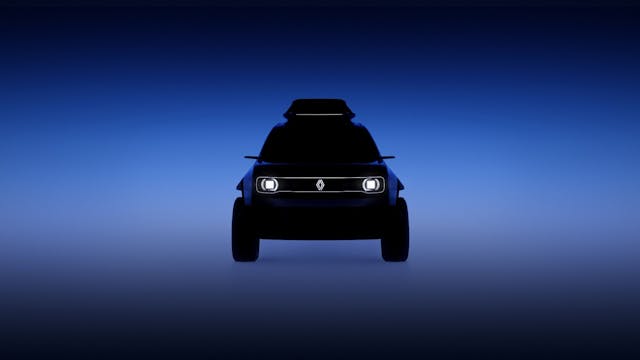
Intake: Renault is all set to take the starring role at the Paris Motor Show when it will reveal a successor to the fabulous 4. Launched just over 60 years ago, the Renault 4 was the world’s first mass-produced hatchback—and mass produced it most certainly was. More than eight million Renault 4s were made in its 33-year life, with assembly plants as far afield as Ireland and Uruguay, as well as its native France. The 4 began life as Renault’s answer to the Citroën 2CV, a basic car for the masses powered by a paltry 603 cubic centimeters of combustion packed into a four-cylinder motor. Like the Citroën, it had a quirky umbrella-handle manual shifter sticking out of the dashboard, while its all-round torsion bar independent suspension could handle cobblestones and farm tracks with aplomb. Over the years it would become only a little more sophisticated, with a four-speed transmission replacing the original three-speed unit, and the engine ultimately increasing in capacity to 1.1 liters. The next 4 will have neither engine nor manual transmission, however, as it will be a pure electric vehicle. The teaser image just released by Renault suggests that it will adopt today’s take on utility and be a high-riding crossover rather than a compact hatchback, however. All will be revealed in Paris on October 17.
Exhaust: The French are coming! Fully embracing their government-mandated electric destiny, France’s carmakers are also looking to their pasts. Citroën’s oli may look nothing like the 2CV but it adopts the legendary Deux Cheveux’s lightweight utilitarianism, and now Renault is taking the 4 into the future. We can hardly wait to say bonjour to this need breed of funky French automobiles. — NB
Ford Performance offers two new factory-backed tunes for both Bronco engines
Intake: The folks at Ford Performance now have a Bronco-specific tune for their Calibration Delivery Tool, offering owners of 2.3-liter four-cylinder Broncos an additional 30 horsepower and 60 lb-ft of torque, while 2.7-liter examples net a more modest 25 horses and 18 extra lb-ft of twist. Total output for the tuned 2.3-liter engine will be 330 hp and 385 lb-ft of torque after the tune, and the 2.7-liter models will clear 355 hp and 433 lb-ft. While the aforementioned hardware is $495, adding the Bronco’s specific tune rings in at $825 for either engine. Premium fuel now becomes mandatory, but improvements in throttle response, transmission shift strategy, and the ability to add custom tire/gear sizes are included in the software. This package, when installed by a dealer or a ASE certified technician will not void the factory warranty, but DIY instructions are also available on their website.
Exhaust:Ford Performance has a first mover advantage when it comes to the Bronco’s software strategy, but if you wait a little while, you’ll likely save money with a third party tuner. A well-respected aftermarket tuner (for the similarly-equipped Ford Ranger) is only $499.99, likely with a comparable tune (or more aggressive, if you live on the edge) and with a single downside: the dealership might have a problem with you returning your Bronco back to stock to come in for servicing. (There’s a “flash counter” in most computer these days.) I’d consider the aftermarket alternative after coming to an agreement with a dealership’s service department, so you know just how exposed you are if an aftermarket tune affects a warranty claim. Do all your oil changes with them and they might go easier on you, depending on what you break whilst off-roading. — Sajeev Mehta
Will the VW Scout get its own dedicated platform?
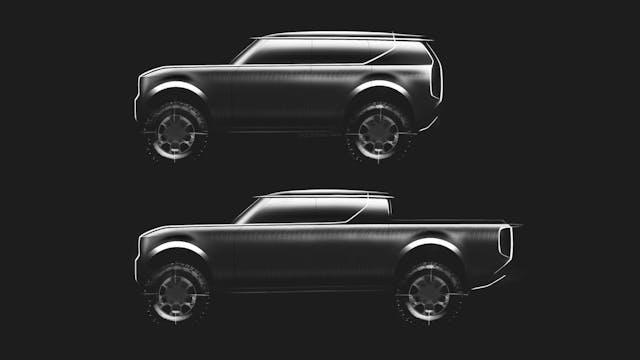
Intake: When we last left the upcoming Volkswagen Scout EV, we assumed, but held off on writing, that the platform for the Scout would likely an existing electrified chassis like the MEB platform, which underpins the VW ID. Buzz. But nothing Volkswagen or its stablemates have is really suitable for a “rugged” SUV, which is a word VW used back in the May product announcement. Now, word comes from a Scout enthusiast named Jeff Bade, who reports on the Facebook page “Friends of the Binder Planet,” that he was recently in a focus group for the Scout, and he deduced —wasn’t told, but deduced—that the Scout may very well get its own platform. “Rumors of this being based on the VW skateboard platform are not true,” Bade wrote. He continued that “this is not a rebranded or variation of anything in the VAG line,” referring to shorthand for Volkswagen Audi Group. “What I came away with is nothing more than excitement,” he wrote.
Exhaust: If the Scout turns out to be a genuine off-roader built on a unique and capable platform that combines the new with a little bit of old, we’ll be excited, too. As owner of a couple of International Harvester Scouts, I’ll lead the cheering. — Steven Cole Smith
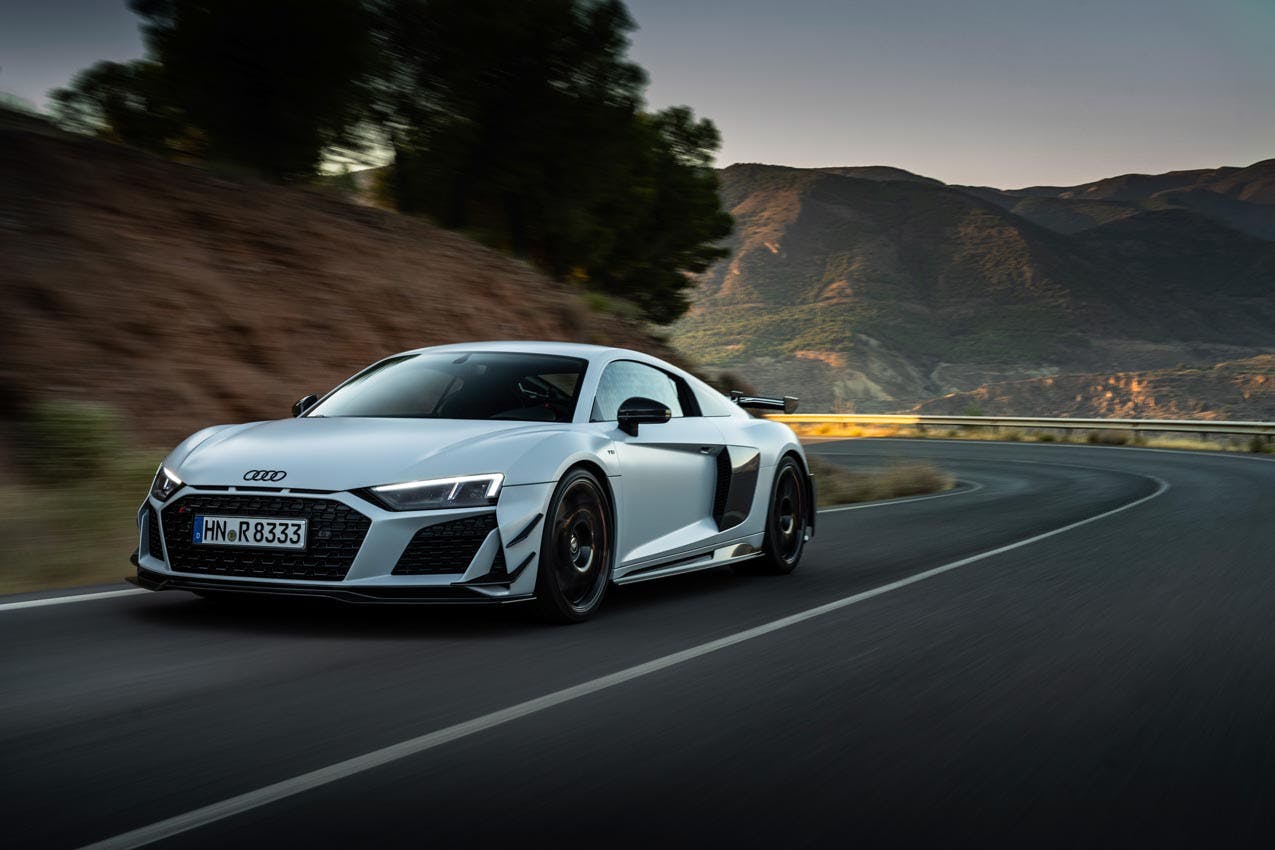
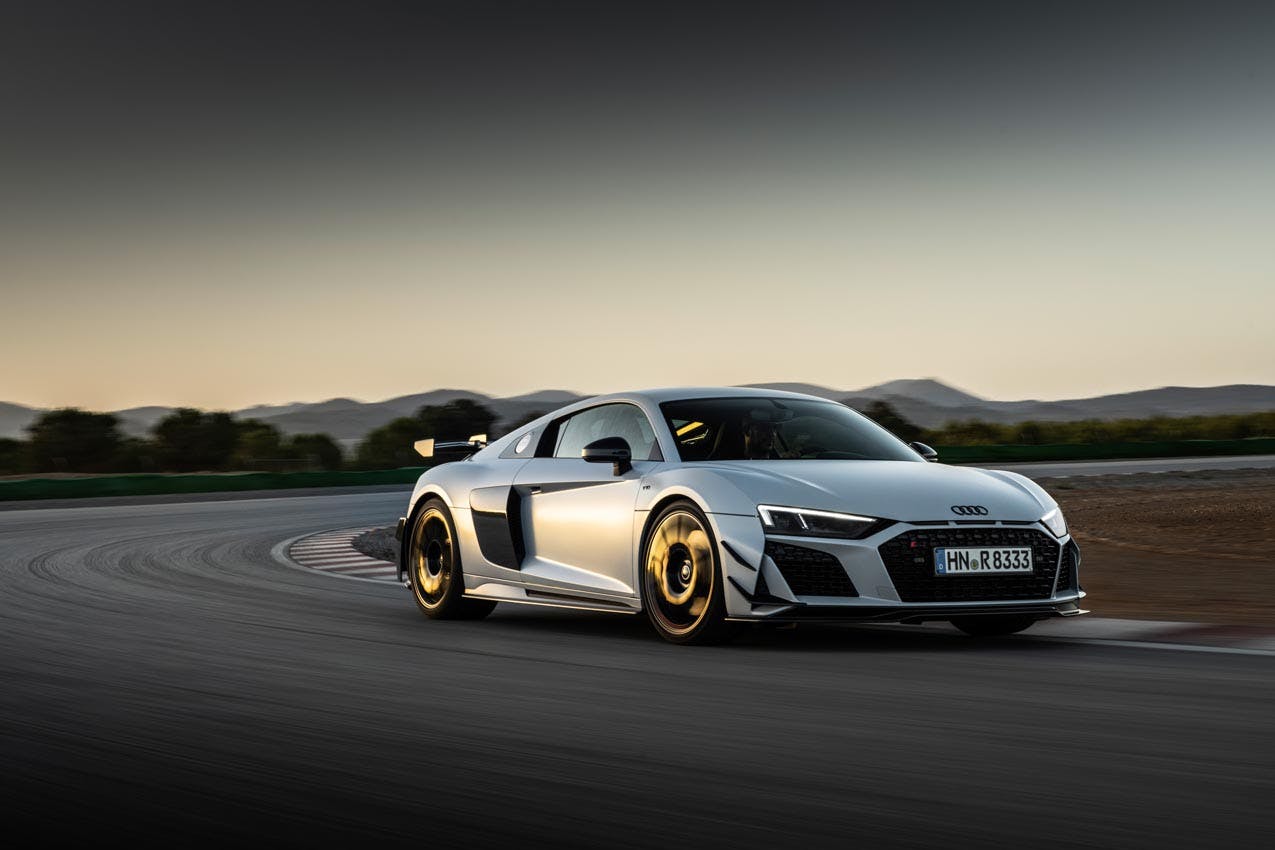
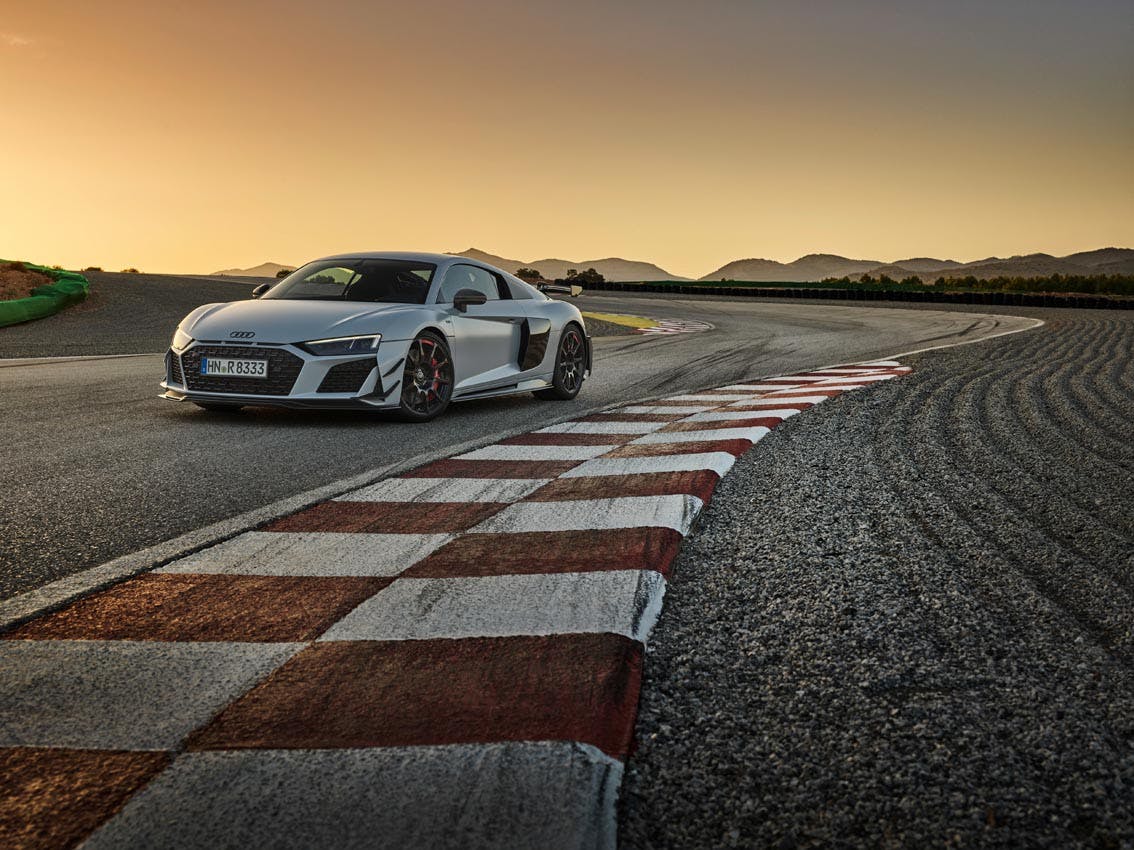
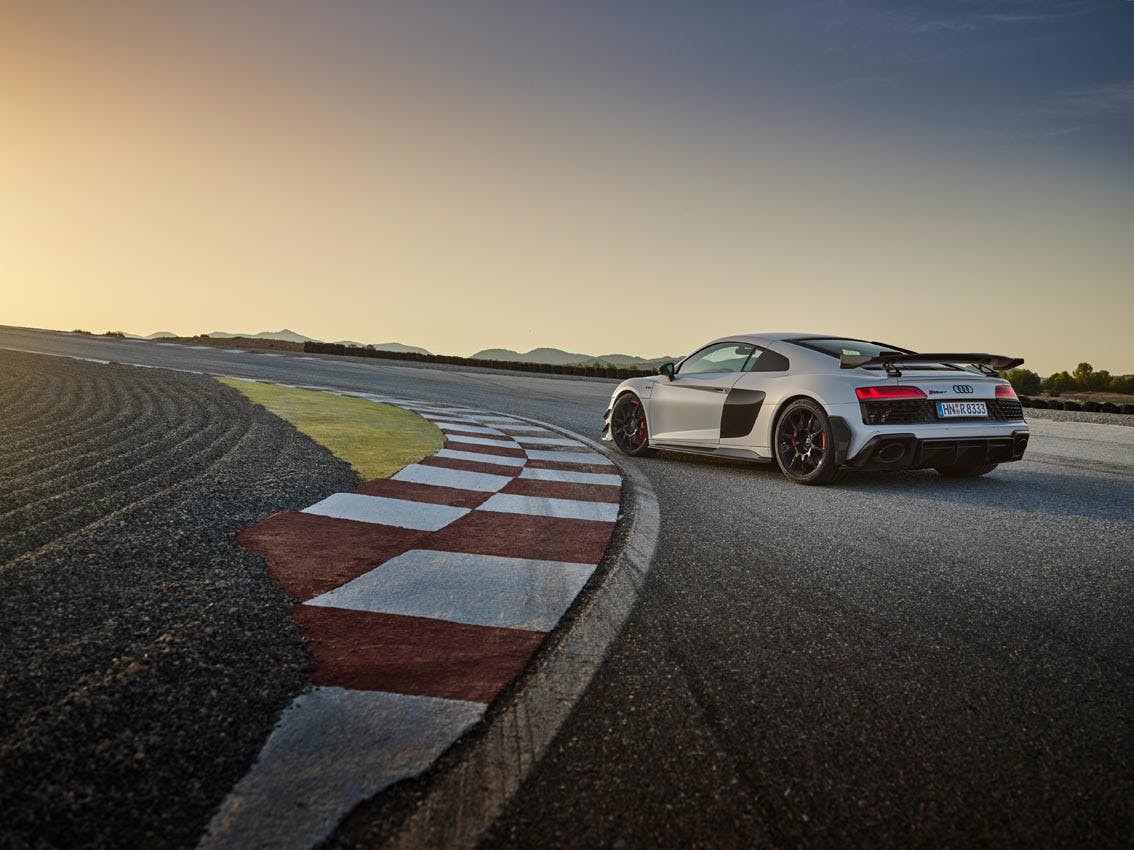

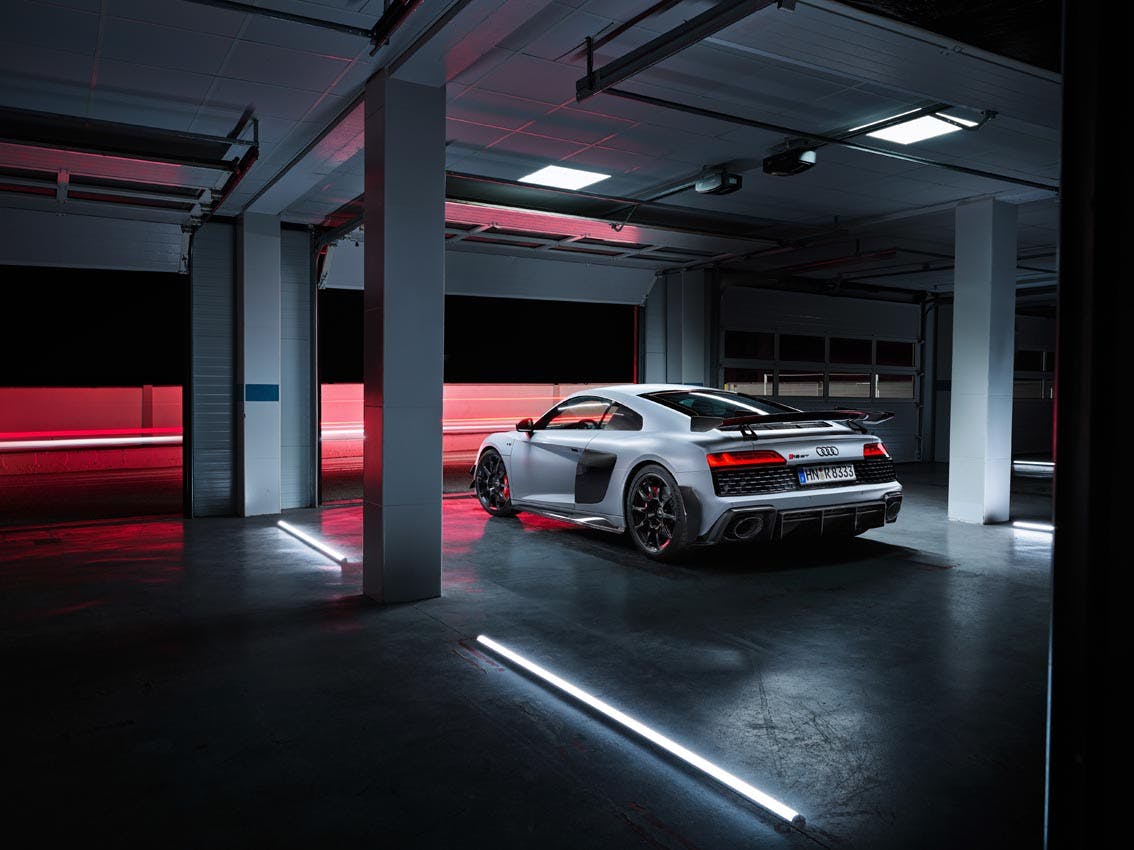
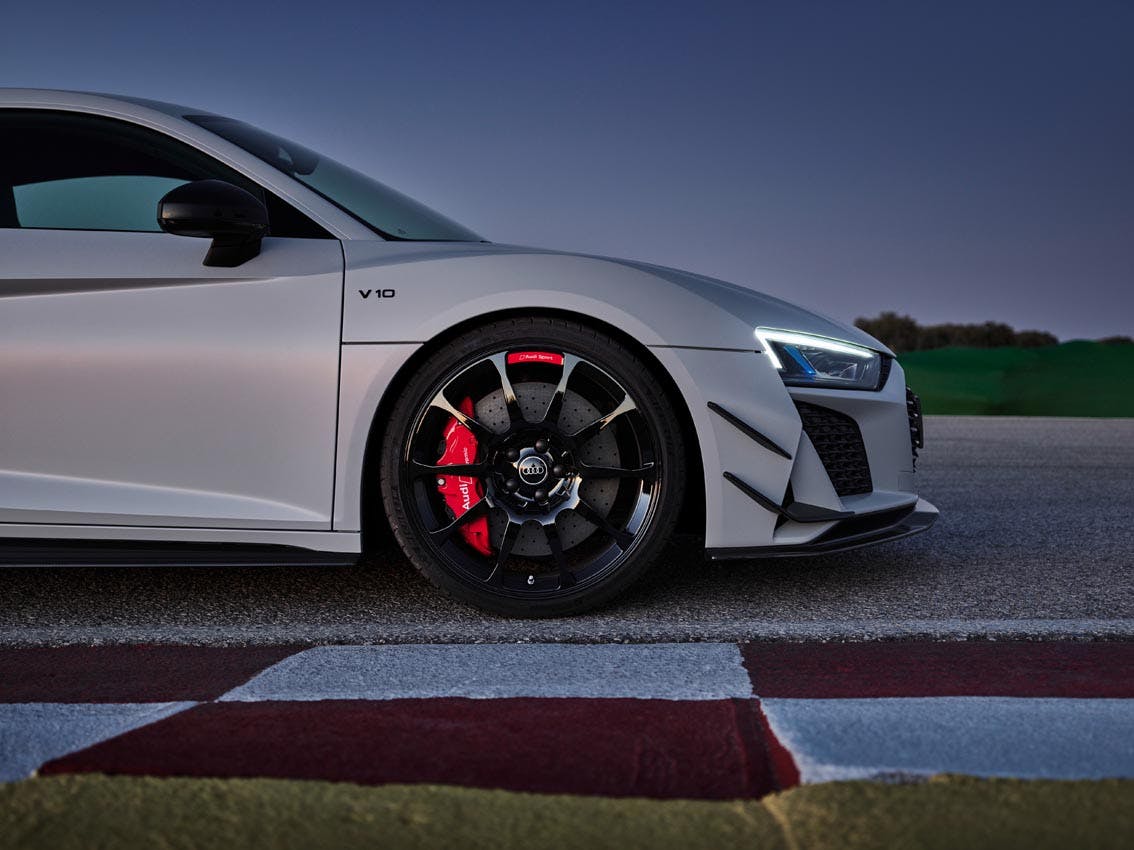
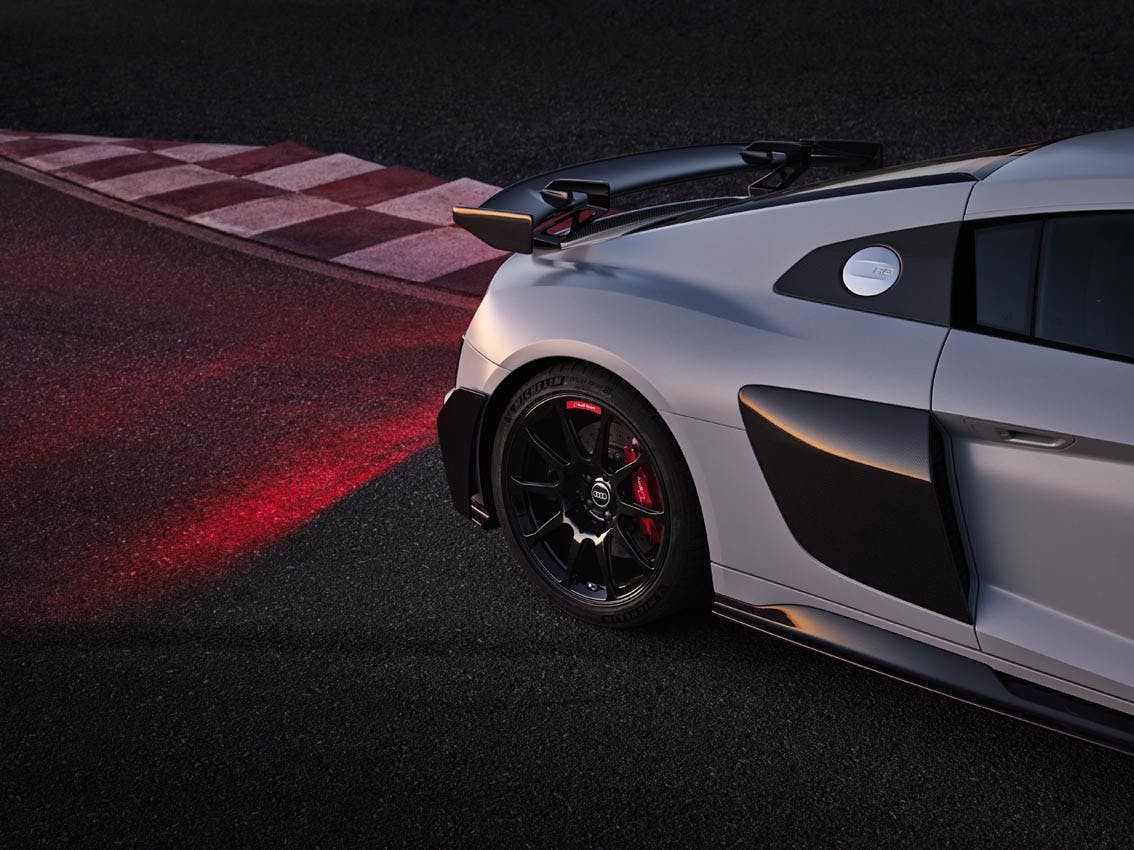
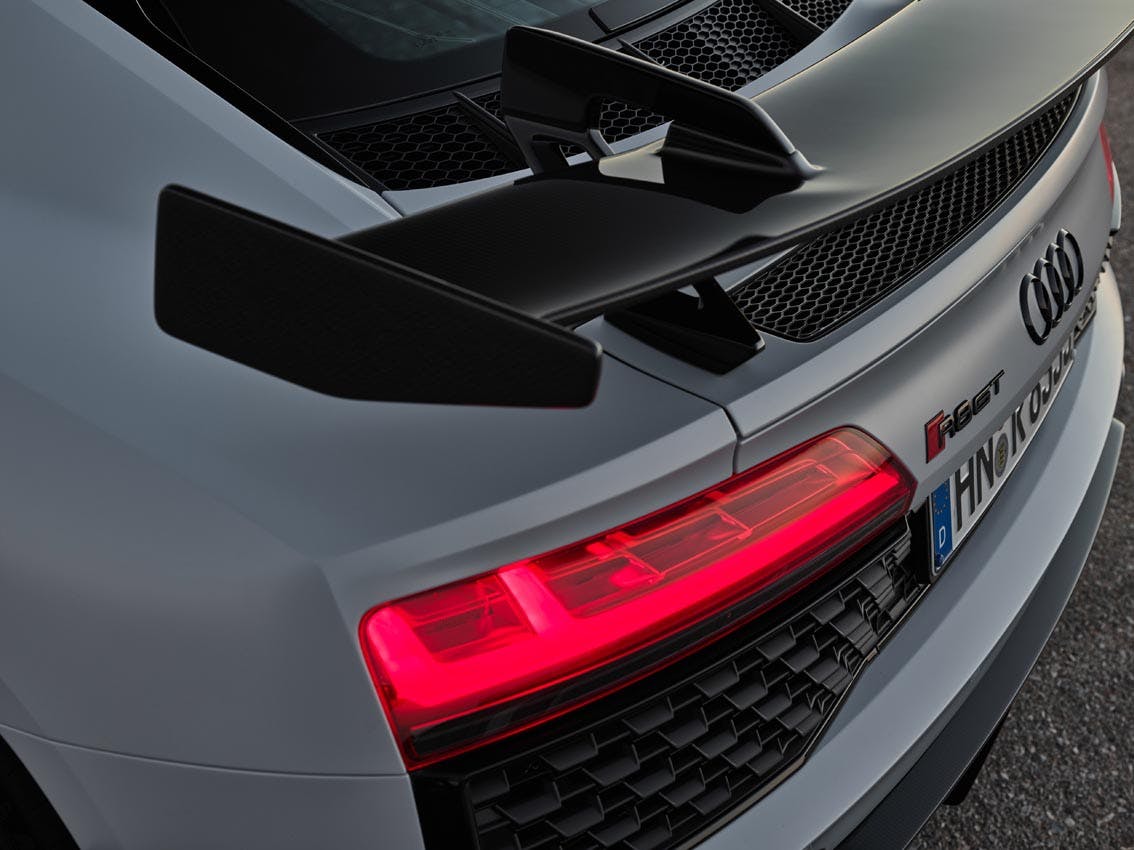
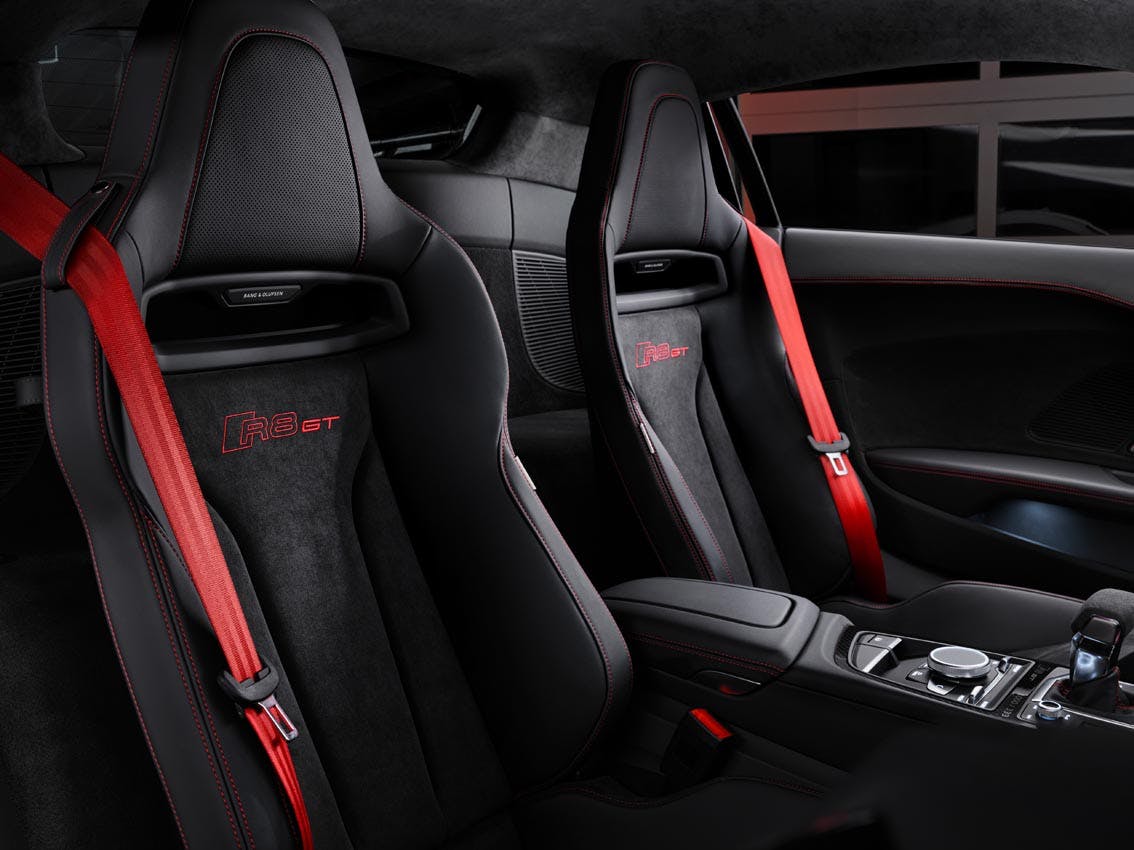
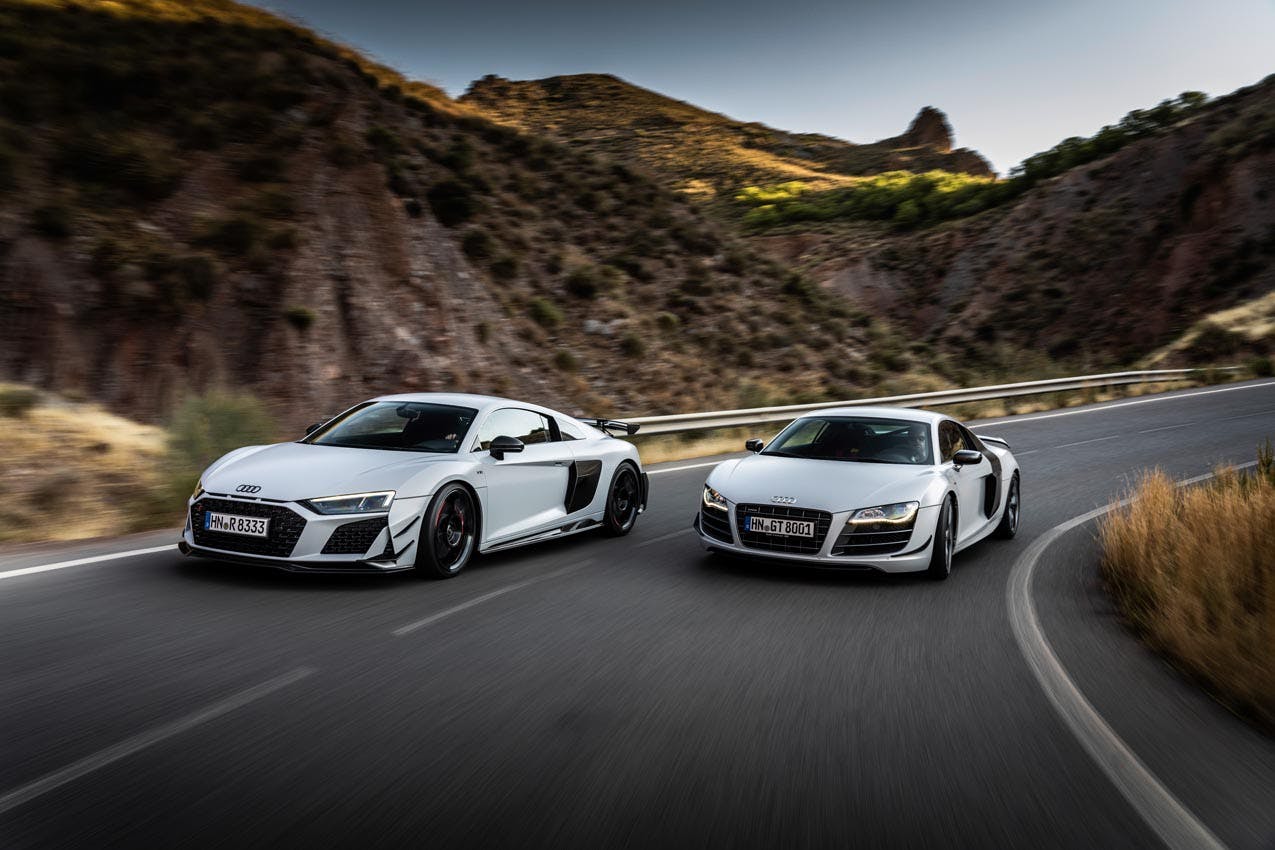
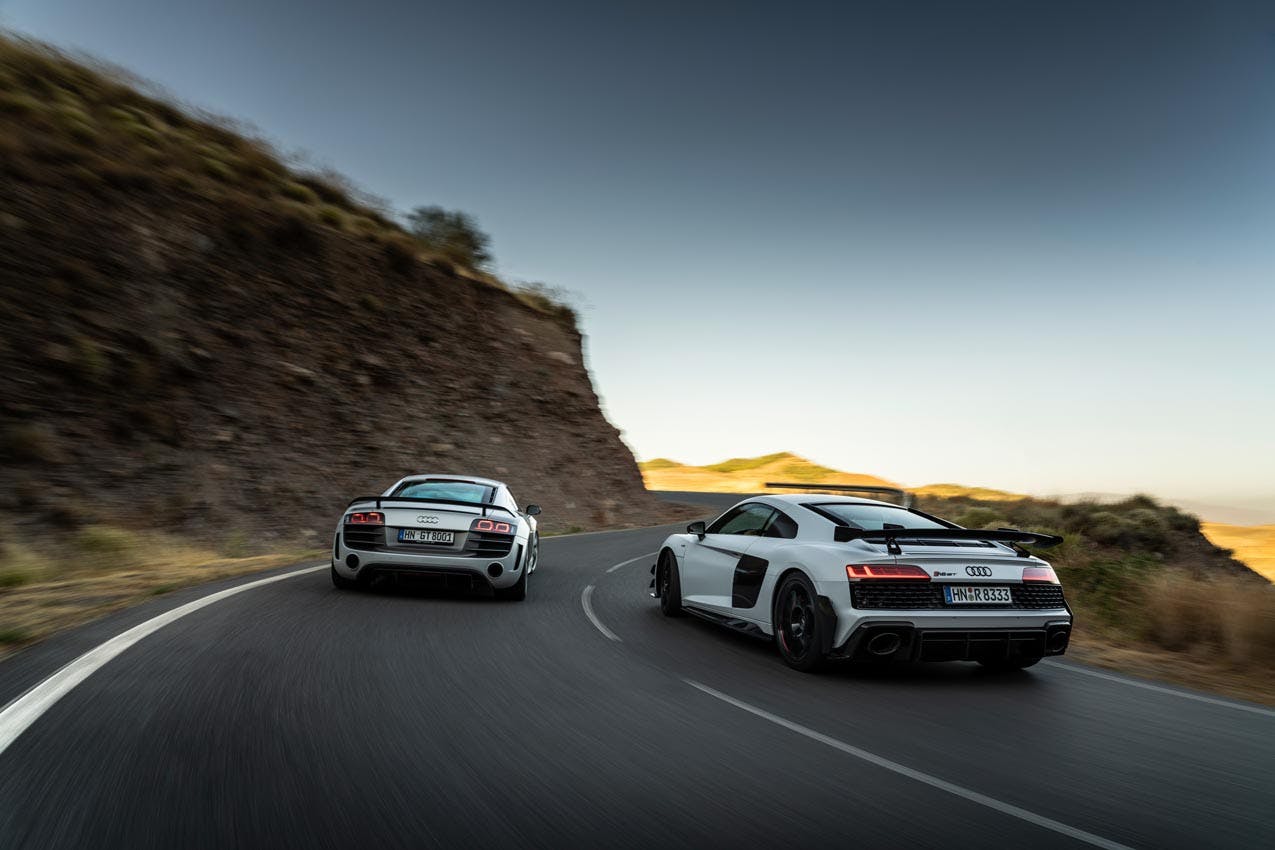
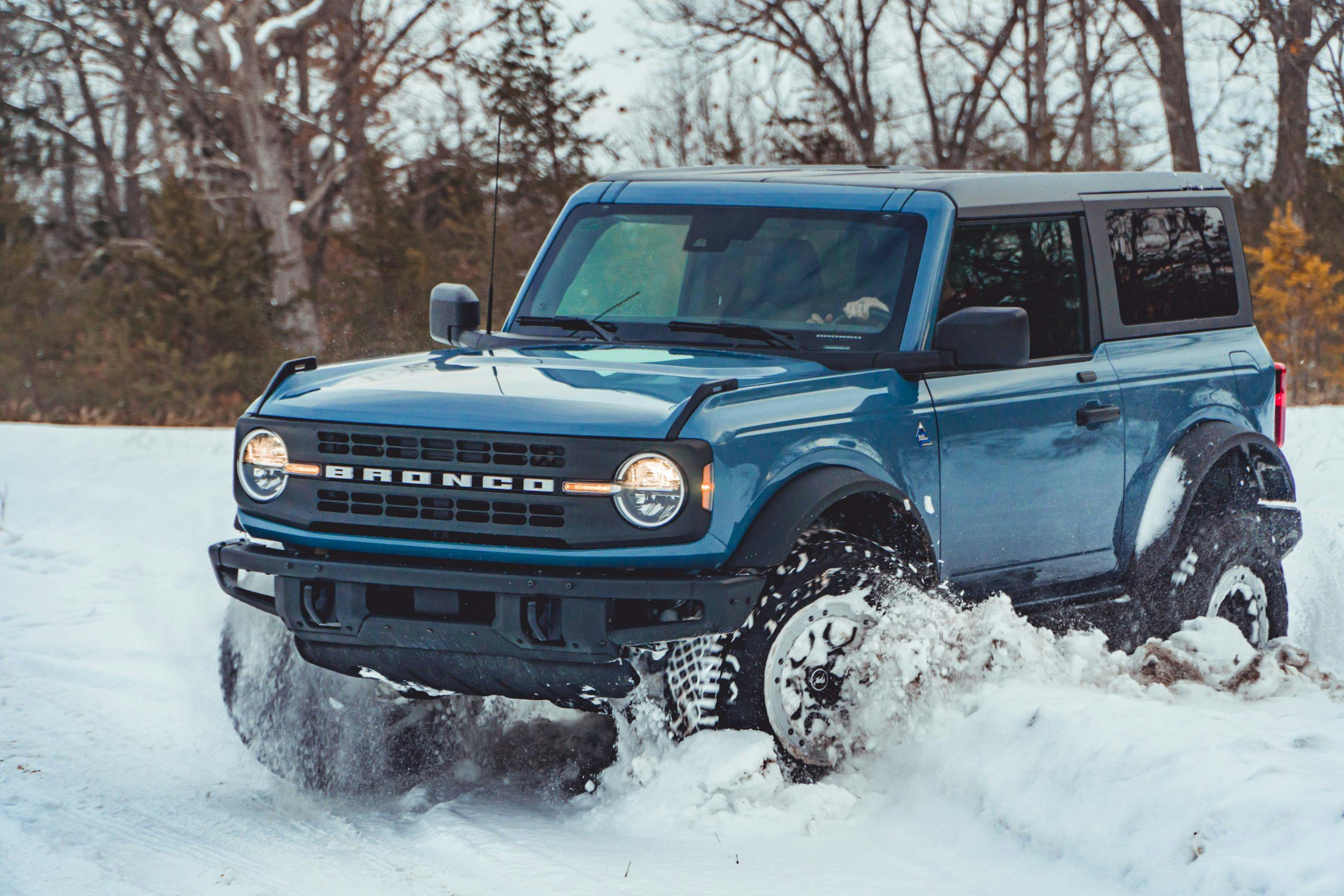
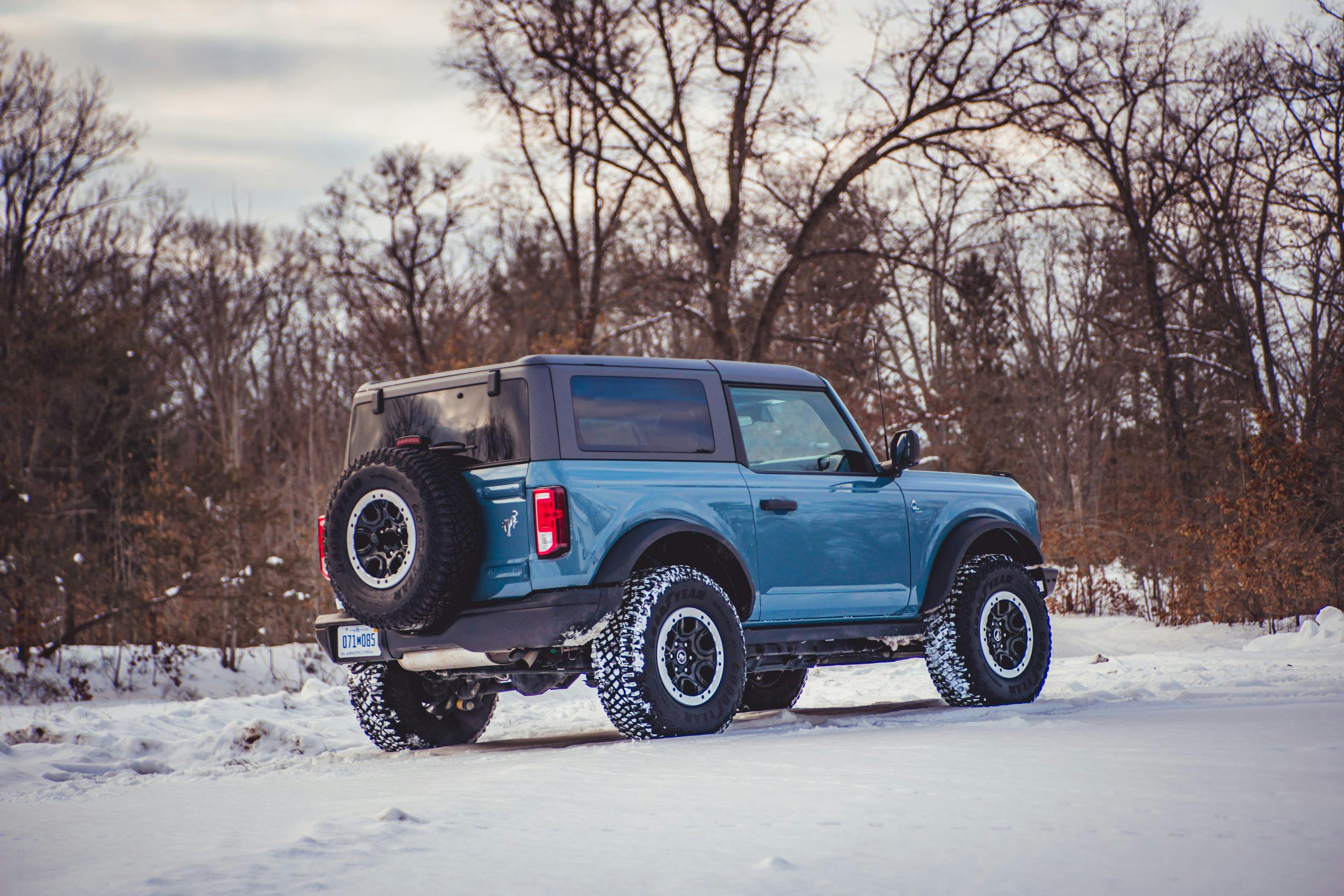
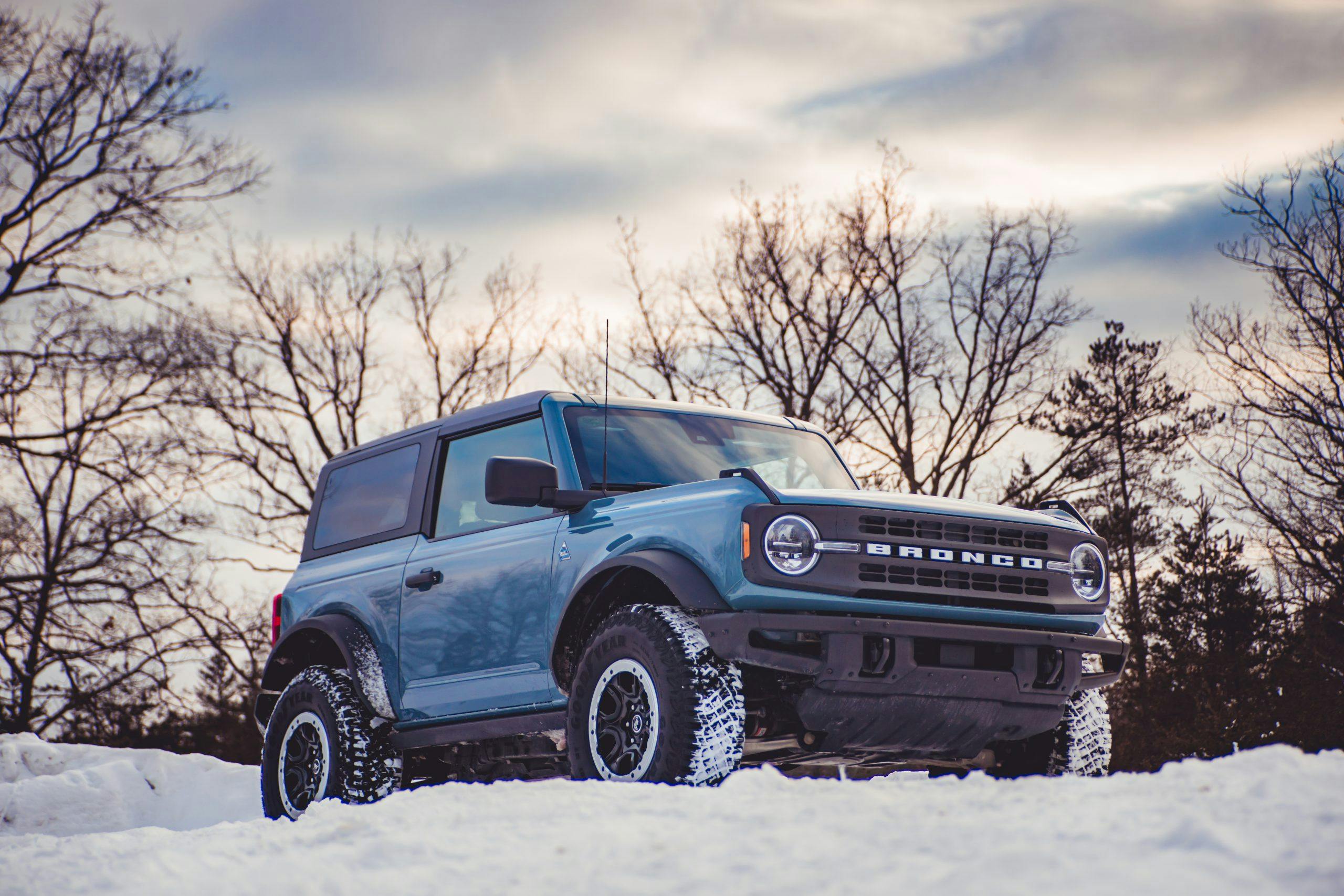
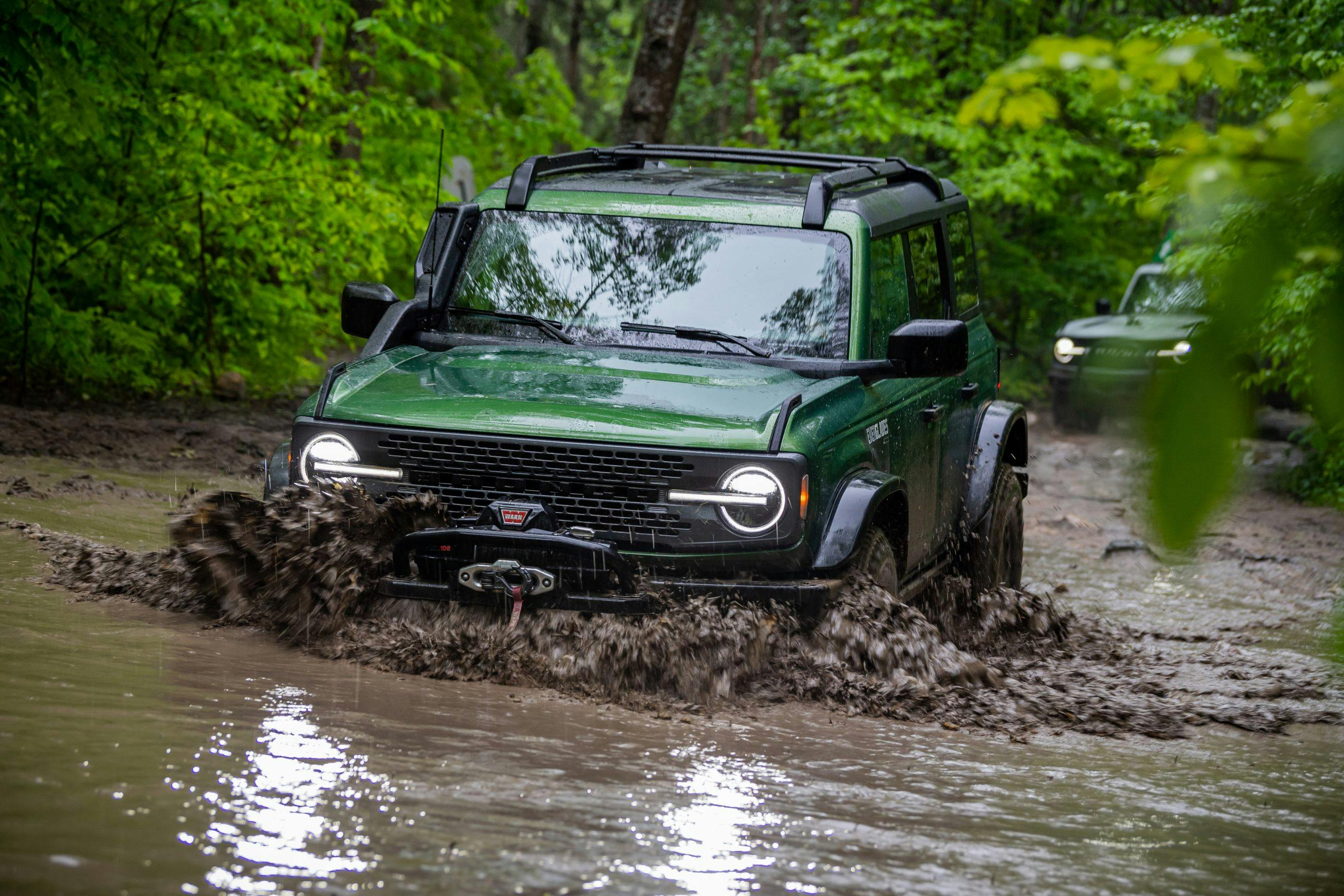

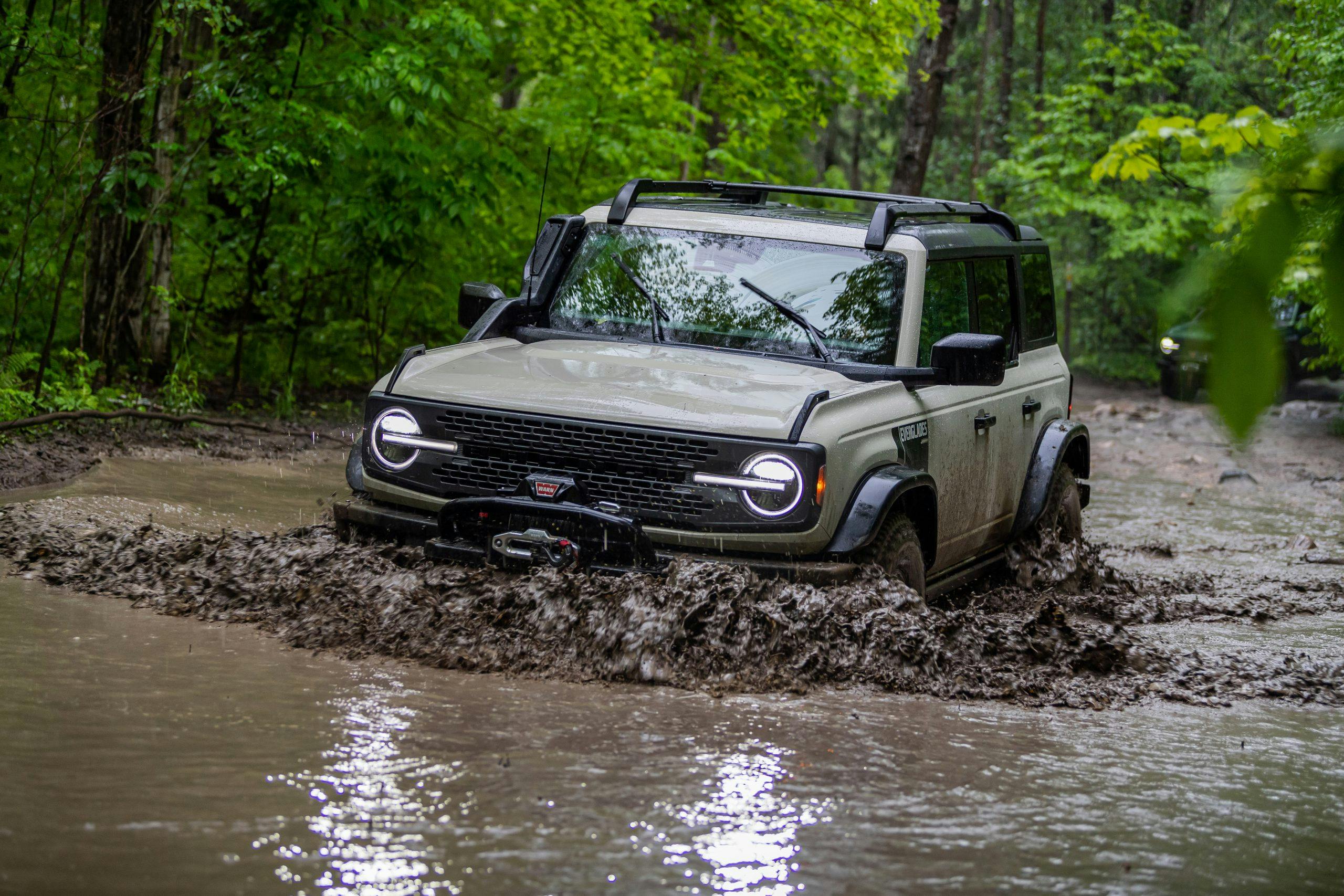


We won’t be seeing a large percentage of EV pickups anytime soon. The Ford Lightning, Rivian pickup and eventually the Silverado, will never be “working” pickup trucks with the current battery technology. Ford heavily suggests to not even put a camper shell on their pickup. At the moment, they are extremely strong grocery getters.
A different automotive article I was reading yesterday had this great point, “Internally-combusting (ICE) trucks are at their best when under load. Electric trucks are at their worst when under load …..” But it isn’t just about pickups and it isn’t just about towing. Its about any kind of hauling, via any combination of payload and towing, on any kind of vehicle that regularly bears a significant load, whether that be pickup (LD or HD), SUV, crossover, van, etc. For example, my brother is married with 4 kids. He recently loaded up his Yukon XL and literally drove halfway across the lower 48 for a sports tournament. He wasn’t towing. But I guarantee you he was HAULING quite a load between people and people’s things. EV’s already have a significant time deficit versus ICE when it comes to range and refueling. But putting EV’s under load makes those time deficits far worse. My brother quite simply would not have had enough vacation time (or sanity) to make the same distance with the same load in an EV SUV. Baruth, when he was still a contributor to these parts, had once done an excellent analysis of how much longer/costly his cross country mountain biking trip with his son would have taken if it had been in an EV pickup. Same rational logic still applies and likely will for quite a long time, which all the heavy evangelizing in the world won’t change.
A guy I know just bought a 2017 F250 4×4 ,four door cab ,8 foot box. The thing is a monster. He paid 65k for it with just under 200,000 km on it. That, to me is astounding. He can write some of the expense off thru tax as he farms.
Big, powerful i.c. pick ups for contractors and those needing them, great. But 29 out of 30 here in the ‘burbs driven by nebbishes with a dire need to appear manly. Ridiculous male fashion statement for the unrequited testosterone set.
And you know this how?
Oh, because you never actually see them tow something or haul something, so it must be true.
I commute with a 3/4 ton. I also tow with one. Ever try to RENT a truck you can tow with? They aren’t like an Enterprise Silverado – which you cannot use to tow. More like a work truck that was barely hosed out.
The math of owning a commuter so I don’t drive my truck doesn’t work out. Our old 4cyl Camry cost more to license and insure than the savings in fuel during commuting. Especially now that 89 octane (we got the best MPG on 89 octane CA donkey whizz here in PHX) is $0.50 MORE per gallon than diesel.
So, you have truck envy and then project your own feelings of inadequacy onto people you don’t know. Trust me … driving a painfully slow 7,300 lbs 21’ long diesel beast is not for my ego. It is an inconvenience that I tolerate because it tows the stuff to and from the ranch so much better than a 1/2 ton, had room for 3 dependents and my favorite 80lbs pup between momma and me.
A relative bought a 2019 F150 EgoBoost and quit driving the old fuel pig V10. Towing, hands down, the V10 is better. Not faster, but more stable, less strained, overall a better experience. 200 miles, up to the white mountains.
You can hate big trucks, lots of people do, but that hate is going to eat you up inside. If anyone realizes you hate them for the vehicle they drive, they are very unlikely to care. You’re really just hurting yourself.
We’ve touched on this in the past BMD4800; you’d be a blazing exception in my area too. I’m constantly cut off in my hatch by shiny unloaded “trucks” and there are no ranches around here. I still say real trucks don’t have carpeting. At least my two 1-tons and K10 didn’t.
Dial it down. Didn’t say “hate,” only that 29 out of 30 are macho poser mobiles. So you’re the exception. Merry Christmas.
It’s more ridiculous to try and ram useless evs down our throats.
No one is “trying to ram” anything down your gullet. So don’t buy an EV. EV’s are inevitable on a planet collapsing from eight billion people, 350 million of them here in the US (the recent census under-reported by 18-20 million, according to the NY Times and others), all burning some form of carbon.
Want a future safe for i.c. cars and trucks, and want kids, “have one or none,” adopt if more wanted, join 78-year-old rodder rocker Jeff Beck and the world’s leading Formula One driver, Lewis Hamilton, go vegan. UN and other studies show animals raised for meat and dairy produce more greenhouse gas than all the world’s cars, trucks, buses, trains, planes, ships combined.
You can’t “have it all” just because you happen to live on a big continent still seen by rah rah chamber of commerce types as inexhaustible cornucopia, their business model so weak it depends on more consumers, more cheap labor.
I.C. cars and trucks are convenient whipping boys. It’s up to us. Us/them buck-passing gets us nowhere, solves nothing. Meanwhile, many, even most people see cars as appliances, transportation pods.
Fewer people, less traffic, more gas for those of us who still drive an i.c. car or truck.
If the last ICE powered vehicle is a pickup truck then that is what I will buy. I have no interest in toasters with limited range and running off batteries.
Snarling at EVs somehow imbues you with masculinity? They’re not toasters anymore than most i.c. “crossovers” and SUVs anything more than transportation pods to most owners. There will be gas and i.c. engines for those of us who like to shift for years to come. Meanwhile, what’s macho about bombing around the ‘burbs in a pristine, invariably empty pick up with automatic transmission, power brakes, power steering your great grandmother could drive, even if she had to rough it without cup holders, power windows, butt warming seats?
The few times a year you need a sheet of plywood, etc., rent or borrow a truck, or have it delivered. Get real. Who are you impressing? Other men?
You seem upset.
Perhaps more fiber in your diet?
Haw haw. Lotta thought there, buckaroo. Case in point.
2CV = Deux cheveaux ( horses ) not cheveux ( hairs ) 🤣🤣